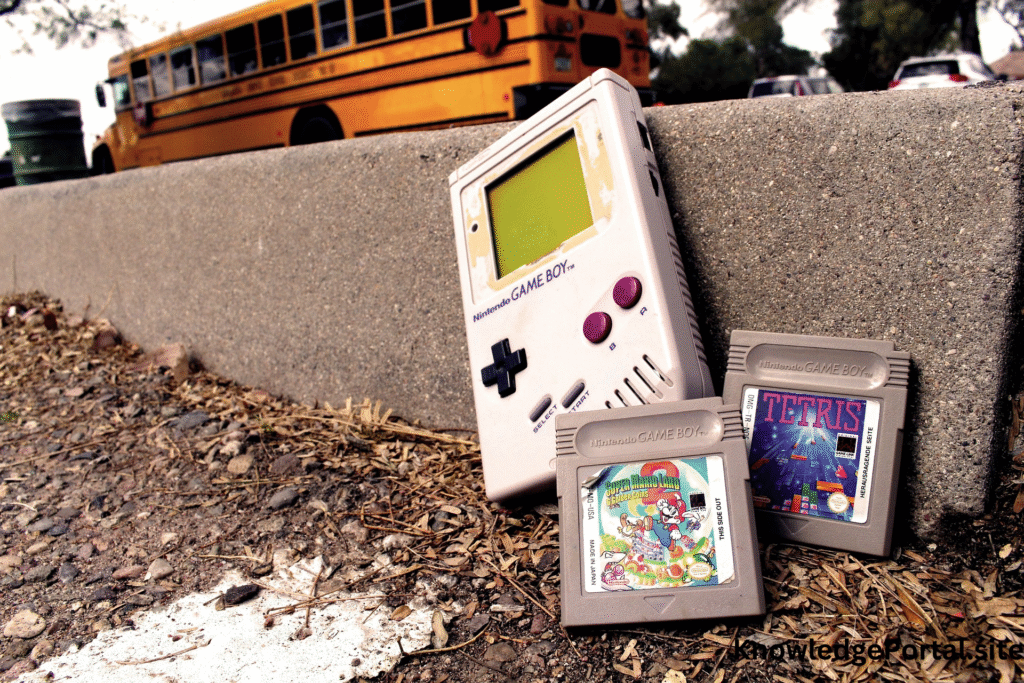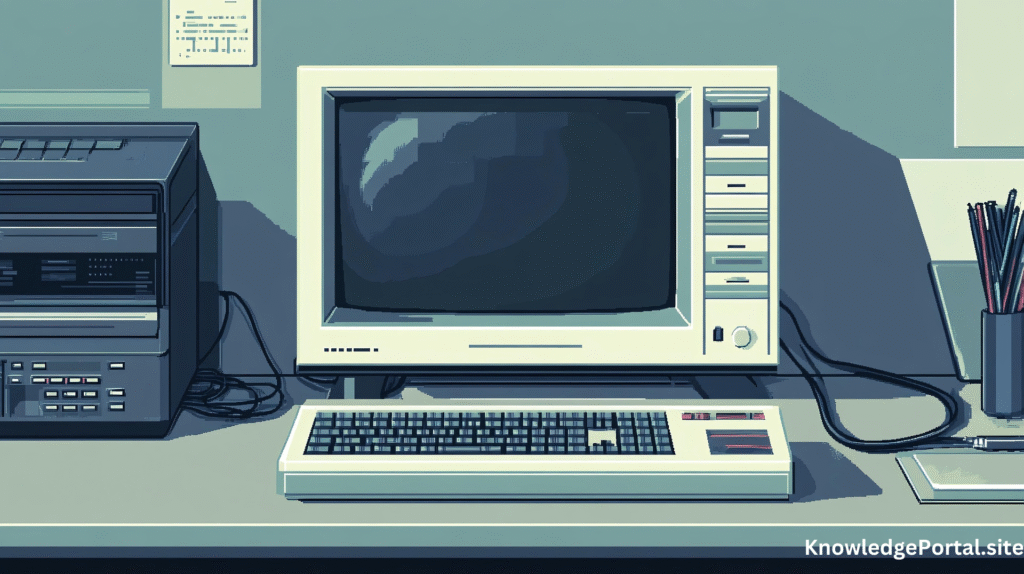In the golden age of computing, the 1990s were clearly a transforming decade. One of the developments that marked this era was a tsunami of 90s instructional PC games that permanently changed kids’ learning environment. Combining enjoyment with learning, these games developed critical academic and cognitive abilities while capturing young brains. Played in homes or schools, these programs helped define a generation of students. We will discuss in this post the appeal, influence, and legacy of 90s educational PC games as well as their reasons for continuing resonance today.
The Evolution of Instructional Software during the 1990s
Personal computers became household mainstay in the 90s as operating systems such as Windows 95 and Macintosh systems proliferated. Along with this explosion came growing demand for material catered to younger viewers. Parents and teachers both saw how digital technologies might improve education, which led to a thriving industry for instructional PC games.
Providing a broad spectrum of interactive learning opportunities, publishers such The Learning Company, Broderbund, Humongous Entertainment, and Knowledge Adventure dominated this area. These businesses presented arithmetic, reading, geography, and science—popular topics—in interesting ways that seemed more like play than study.
Below are some of the most iconic 90s educational computer games that became childhood staples:
1. The Trail of Oregon
Originally created in the 1970s but gaining most appeal in the 1990s, The Oregon Trail was a classroom favourite. Players in the game were assigned to lead a force of colonists over the American front. It taught youngsters the challenges of pioneer life in a way textbooks couldn’t by combining history with problem-solving, decision-making, and resource management.
2. Math Blaster
Among the most well-known math-based teaching PC games available in the 1990s was Math Blaster. To go via outer space adventures, players had to tackle arithmetic challenges battling aliens and negotiating space stations. Math Blaster makes arithmetic fun with bright colours and arcade-style gaming.
3. Series Carmen Sandiego
“Where in the World is Carmen Sandiego?” grew to be a cultural phenomenon. As children followed the elusive burglar around the world, this series taught geography, history, and deductive abilities. The mystery component of the game kept students interested and exposed them to world civilisations and historical events.
4. Rabbit for the Reader
Designed for younger viewers, Reader Rabbit presented a first taste of reading, vocabulary, and simple logic. Preschoolers and early elementary pupils benefited from its vibrant design, appealing music, and entertaining mini-games in developing their linguistic abilities in a natural setting.
5. Freddi Fish and Putt-Putt
Designed by Humongous Entertainment, adventure-style learning was provided by games including Freddi Fish and the Case of the Missing Kelp Seeds and Putt-Putt Goes to the Moon. For young players who want to develop critical thinking, these games concentrated on exploration, problem-solving, and story interpretation.
6. series Jump Start
For providing grade-specific learning tools, the JumpStart series was revolutionary. Children who used titles like JumpStart 1st Grade and JumpStart 3rd Grade developed game-based mastery of school materials. Subjects include maths, reading, science, and more all within fascinating virtual environments.
Why Did Educational PC Games from the 1990s Work so Well?
Several reasons help to explain the ongoing appeal of 90s instructional PC games:
1. Attractive Gameplay
These games transformed education into an engaging experience unlike rote memorisation or worksheet activities. Engaging with narrative-driven content, solving puzzles, exploring virtual landscapes, players were active participants.
2. Reward systems
Most 1990s educational games included a reward system—badges, mini-games, or visual celebrations—to honour good behaviour and learning results. This inspired students to develop.
3. Complementary Education
These games found the ideal mix of entertainment value and instruction. Whether studying spelling with Reader Rabbit or working through arithmetic issues in Math Blaster, the instructional materials always flowed naturally with gameplay.
4. Secure Digital Spaces
Parents could be sure in a pre-internet age of the safe, offline character of these games. Unlike contemporary digital platforms with adverts or online discussions, 90s PC games were self-contained and kid-friendly.
The Part These Games Play in Contemporary Learning
Even now, 90s instructional PC games continue to be significant decades later. When creating fresh teaching tools, many teachers and programmers use these classics. The central concept—making learning fun with interactivity—has evolved into fundamental in contemporary EdTech systems.
Moreover, millennials nowadays who are raising their own children are finding a comeback in these classic games. Many of these classics are now available once more thanks to websites and emulators, which let parents pass on their childhood favourites to a next generation.
Playing 90s Educational PC Games Now: How To
Would like to go over these masterpieces again? These are some modern methods to enjoy 90s instructional computer games:
Popular tools allowing users to run old software on modern platforms are DOSBox and SCUMMVM.
Many games are today regarded as “abandonware,” that is to say they are neither marketed or supported. For nostalgic players, websites like MyAbandonware and ClassicReload house these games.
Some titles have been formally re-released on mobile devices or Steam. For instance, iOS and Android now feature Putt-Putt and Freddi Fish.
2. Use related keywords.
Add semantically relevant words such:
“Educational computer games from the1990s”
“retro pc learning games”
“90s edutainment titles”—
“Classic PC games”
3. Content Length and Readability
Usually, long-form material—1000+ words—ranks better. Short paragraphs, bullet points, and headings will help to improve readability and extend dwell time.
4. Internal and Outside References
Connect to:
Related internal material on your website
High authority sources or official game re-releasing (external)
5. visual material
To improve engagement and SEO image ranking, include screenshots, game covers, or gameplay clips—with appropriate credit or licencing.
Eventually
The realm of 90s educational PC games is evidence of how entertaining, interesting, and creative learning can be rather than only a nostalgic stroll down memory lane. These timeless classics kept kids occupied for hours and imparted useful academic abilities. Modern instructional games bear its legacy, demonstrating that the lessons learnt in the 1990s still apply today. Reviewing these jewels is a fulfilling experience that emphasises the ongoing potential of playful learning regardless of your role—parent, teacher, past participant.